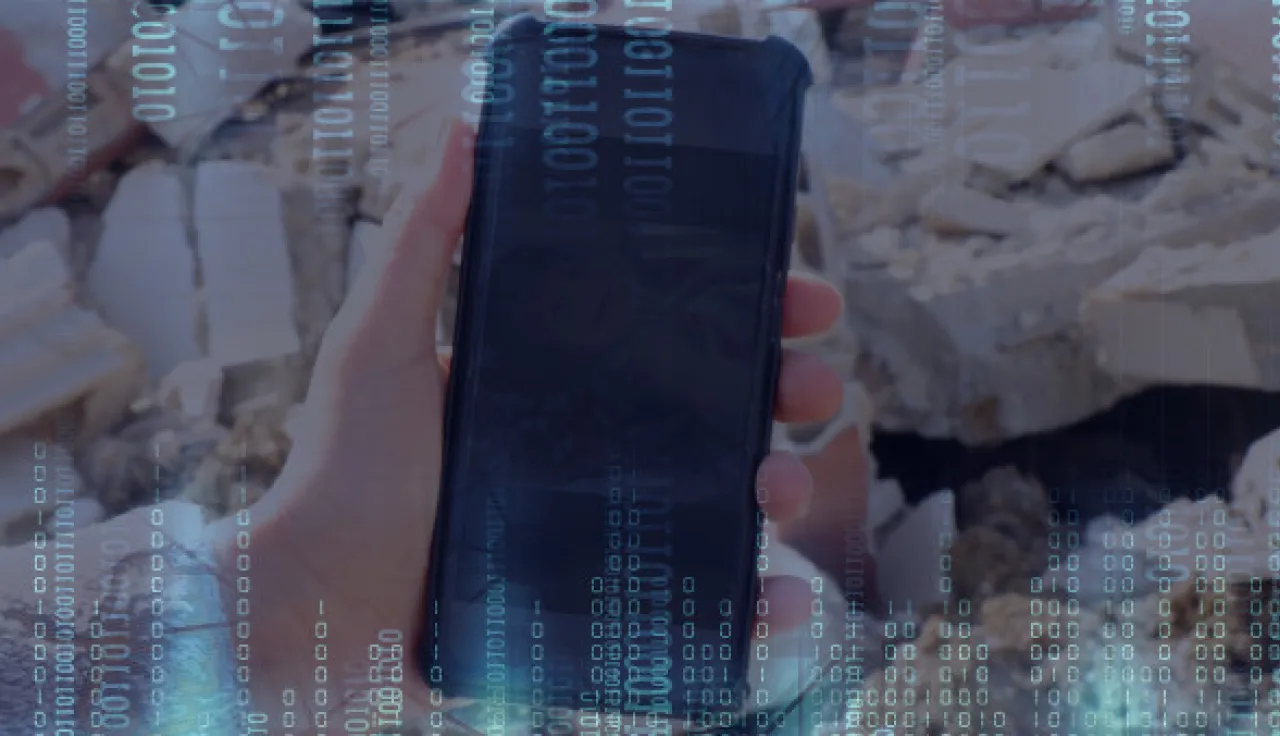Between 2021-2023, the ICRC convened a Global Advisory Board on Digital Threats During Armed Conflicts to advise the ICRC on digital threats, and identify recommendations to protect civilians against such threats. The Board was chaired by the ICRC's President and brought together 18 leaders and experts from the legal, military, policy, technological, and security fields.
The Board's final report presents 4 guiding principles and a set of 25 concrete recommendations addressed to belligerents, states, tech companies, and humanitarian organizations to prevent or mitigate digital threats to civilian populations.
While access to digital technology in situations of armed conflict can save lives, the digitalization of conflict also brings new threats for civilians. Digital technologies can be used to harm civilians by disrupting critical civilian infrastructure and services, to incite violence against civilian populations, and to undermine humanitarian relief efforts. Further, in ever-more interdependent digital and physical environments, civilians and civilian infrastructure are not only in the crosshairs of hostile operations but also increasingly drawn upon to support military operations. The blurring of the lines between what is civilian and what is military, risks undermining the cardinal principle of distinction under IHL.
Bombs.
Missiles.
Malware.
Indiscriminate attacks are prohibited under international humanitarian law. That includes in cyber warfare. pic.twitter.com/Q0vsutHKpR— ICRC (@ICRC) March 5, 2021
Four guiding principles presented by the Board
- Everyone conducting cyber and other digital operations related to an armed conflict must respect the international legal limits, in particular IHL.
- Protecting civilians from digital threats requires investment in legislation, policies, and procedures
- Political and military leaders should focus on protecting civilians
- All relevant stakeholders should join forces to use digital technology to enhance the protection of civilians
Our societies are digitalizing at fast pace and in the path of digital Civilization. Collectively, we must work together to use digital technology and improve the infrastructure to enhance the protection of civilians, not undermine it.
25 action-oriented recommendations
The 25 action-oriented recommendations developed in the report include recommendations to: Belligerents to ensure respect for international law and restraint in military operations; States to build resilience against threats and enhance respect for international law; Tech companies to prevent abuse of their platforms and take steps to prevent harm to civilians; Humanitarian organizations to build resilience against threats to their operations and protect civilians; and a set of recommendations on "working together" with a view to safeguard civilians against digital threats.
The Board was a hand-on, multistakeholder and truly global effort. It is now on decision-makers in governments and the private sector to take up our recommendations and take concrete measures to protect civilians from digital harm.
As the use of digital technologies during armed conflict is only likely to grow, the ICRC's Global Advisory Board calls on the international community to join forces to protect civilians against digital threats during armed conflicts.





